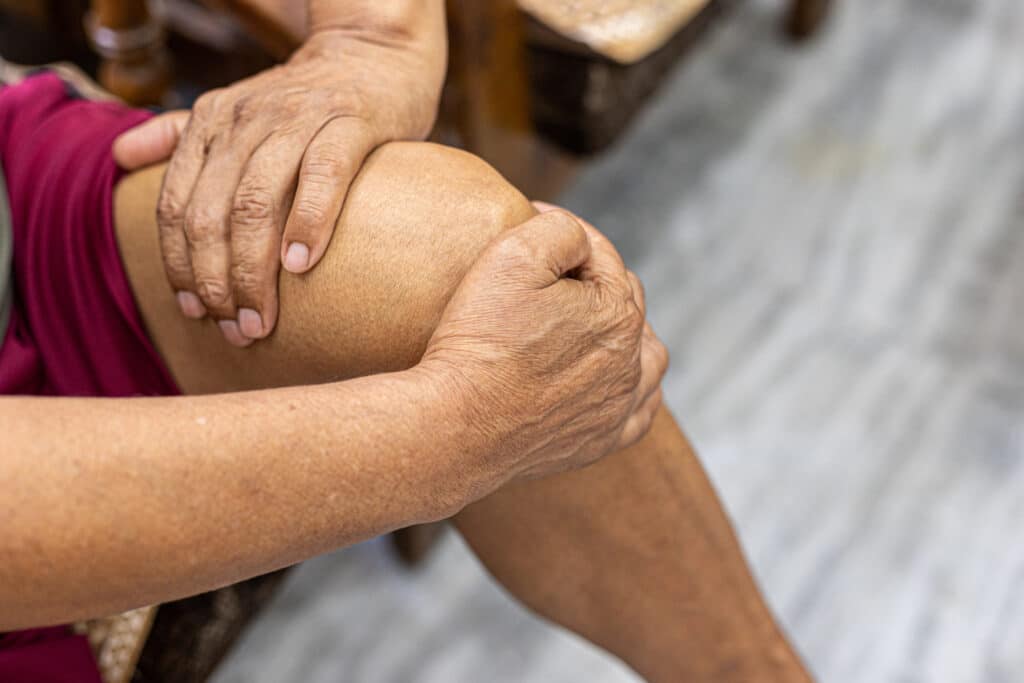
Even the most active individuals can experience knee injuries from time to time, one of the most common being a PCL tear. The posterior cruciate ligament, or PCL, enables the knee to move correctly, and a tear in this area can cause severe pain and discomfort. If you’ve suffered a PCL tear, the good news is that there are several treatment options available that can help you get back on your feet. In this blog post, we’ll look at some of the best ways to treat PCL tears according to a physiotherapist and chiropractor.
Rest and Ice Therapy
Rest is crucial when it comes to treating a PCL tear since it allows the ligament to heal naturally. You can also use ice to reduce inflammation. Applying ice to the affected knee for 20 minutes several times daily can help to relieve pain and swelling. Make sure you don’t put the ice pack directly onto your skin; wrap it in a towel or cloth first.
Physiotherapy
A physiotherapist can help you regain full mobility in your knee following a PCL tear. They can recommend the best exercises and stretches to help heal your injury and prevent future damage. Your physiotherapist will create a customized treatment plan designed to meet your needs and ensure you regain strength in your knee. These exercises may include leg presses, squats, and hamstring curls.
Chiropractic Care
Chiropractic care can help speed up the healing process after a PCL tear, in several ways. Firstly, chiropractors can provide manual adjustments that realign the joint. They can also use soft tissue therapy and deep tissue massage to help increase circulation around the affected area, which can aid healing. Chiropractic care can also help alleviate pain, allowing you to rely less on pain medication, and facilitate the natural recovery process.
Surgery
If the tear in your PCL is severe, your physician may recommend surgery. The goal of the surgery is to reconstruct the ligament, and you will need several weeks of rehabilitation after the surgery. Make sure you follow your surgeon’s instructions carefully to avoid complications and ensure a smooth recovery.
Pain Management
It’s essential to manage pain after a PCL tear effectively. Since it’s a severe injury, it can cause chronic pain that can make it challenging to carry out your daily activities. Over-the-counter pain medications such as ibuprofen can be helpful if taken as directed. However, if your pain is severe, prescription medication may be necessary. Speak to your doctor about the best options for you.
There are several ways to treat PCL tears, ranging from non-invasive therapies to more severe measures. Rest and ice therapy, physiotherapy, chiropractic care, surgery, and pain management can all help manage PCL tear pain and maximize your recovery. Ensure you seek care promptly if you experience a knee injury and follow your practitioner’s advice for the best possible outcome. Remember, prevention is always better than cure, so make sure you take precautions when engaging in physically demanding activities to avoid future knee injuries.
If you have any questions or would like to explore further, please book a free, no-charge online appointment with either myself, Nitin Nair, BPT, R/TRO DIP, PT, or another Kitchener physiotherapist at CARESPACE. We are happy to listen and are here to help!

